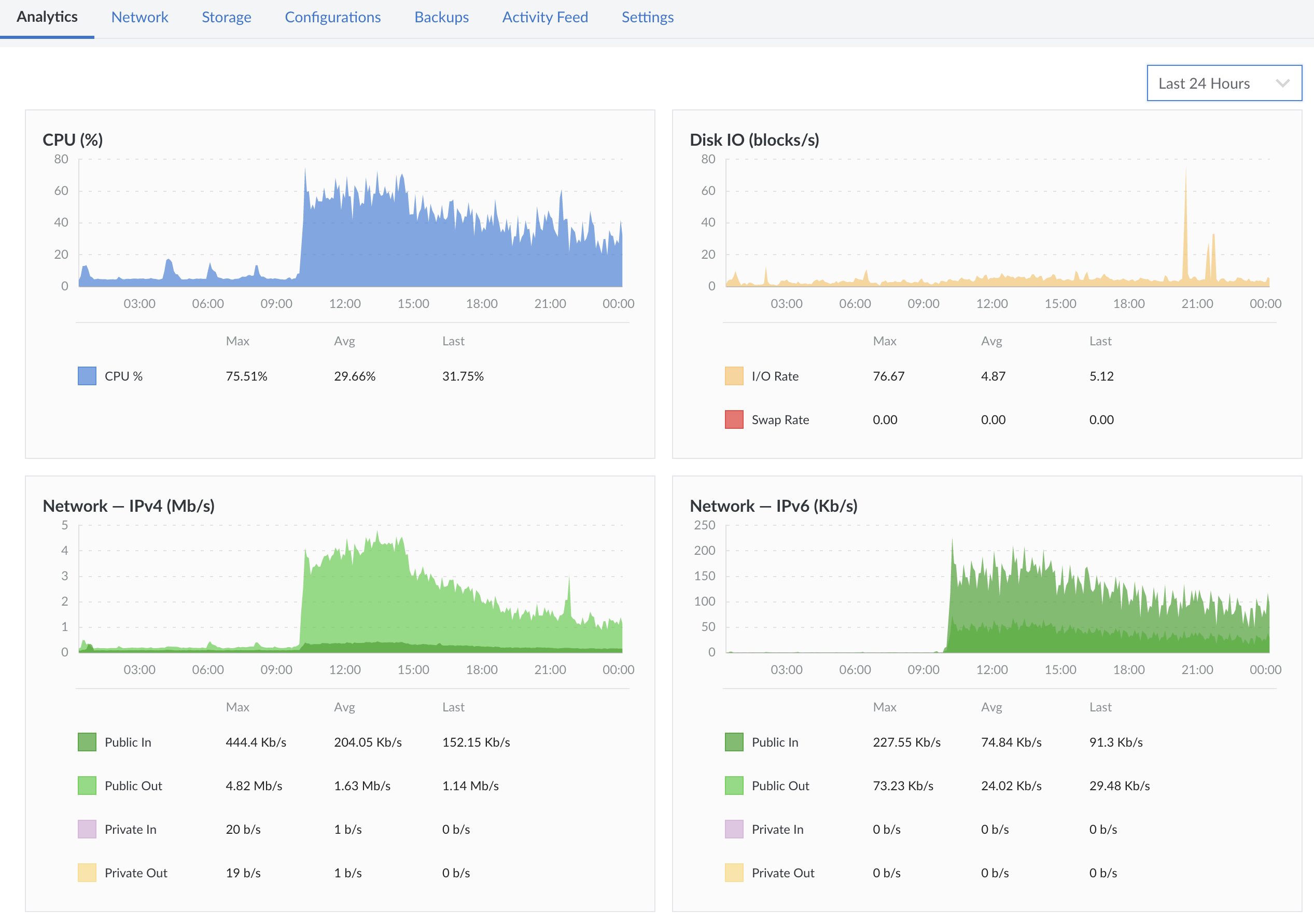It went pretty well.
Last Fall, my hot water heater started to leak. I called my home warranty company, (Hereafter, HWC. I KNOW, I KNOW, HOME WARRANTIES ARE NOT WORTH IT.) and due to a computer system failure that spanned multiple days, they were unable to send a contractor to fix my water heater.
With water starting to leak through my wall, I found my own plumber, paid for it out of pocket, and then sent HWC the bill. Sending HWC an invoice and getting reimbursed is actually an allowed part of my contract under certain circumstances. One of those circumstances, though, is obtaining a pre-authorization from HWC. However, with their systems, being down, they were also not able to pre-auth. This seemed like a pretty clear cut breach of contract on their part, so I figured I was in the right.
Of course, they refused to pay. Trying to find someone at HWC who could show an iota of free-will and thinking was hilarious and impossible.
My oft-repeated question, “You wanted a pre-auth, but you were unable to even accept a pre-auth request let alone deny it?” met with everything from silence to just repeating, “We need a pre-auth.” I could actually hear the blank eye-blinking on the other end.
No one I talked to on the phone, from front line call handler, to managers, to case specialists, had any authorization to do anything. No one deviated from their procedures and script to the point where it was excruciatingly predictable on what an individual would say. I was very impressed that this company so effectively neutered all staff that had any contact with customers.
After about five calls of runarounds, I realized that customer service channels would not help me and I had use the legal system.
In the US, it’s not easy to sue a company as a customer. Maybe about thirty years ago, it became common for companies to put into contracts and terms of service, clauses that required binding arbitration to resolve disputes. This was cheaper for the company in many ways including a streamlined resolution process, cheaper lawyers, no sifting through frivolous lawsuits, and finality once a decision is made. It sucked for the consumer because it’s essentially a privatization of justice.
My contract required arbitration from the American Arbitration Association, which is a non-profit organization. That made me feel a bit better. I filed a case online for $200, asking for $1,800 in claims. What’s interesting is that in the filing, I only very briefly described what happened. I summarized the entire timeline into three sentences. I provided no evidence. I didn’t want to give my hand away before arbitration. I then waited.
I didn’t have to wait long. Two days later, I received a response back from HWC’s attorneys. I apparently finally got someone’s attention. In the email, they denied responsibility but offered 50% settlement and reimbursement for the $200 filing fee for me to go away. Remember, I purposely withheld detail and evidence in my filing, and yet I was offered a quick settlement. I would love to see the math that goes into this strategy. This was the most interesting part of the whole experience to me.
I respectfully declined. In my email, I, again, was fairly light on details. However, the focus of my email was to exactly point out which clauses in the contract they failed to uphold, why they failed, and how I tried to uphold my end of the contract. Per my obligations, I first tried to escalate and requested an emergency contractor dispatch. They could not due to their systems being down. This violated Section X of the contract. A day later, I requested a 3rd party pre-auth to find an outside plumber. They could not due to their systems still being down. This violated section Y of their contract. These were the only areas where I revealed case details. Again, I sent them no hard evidence like screen shots or call logs. In the end of my response, I counter-offered 80% plus arbitration filing fee reimbursement. The next day, they responded back with an acceptance and sent over a release form. Case pretty much closed. I didn’t get 100% back, but the stupid co-pay and service fees I would have been responsible for if they actually came out would have made my offer more like 90% anyway.
Throughout this, a case manager at AAA checked in with us to see how things were going, and once we told them we were in settlement negotiations, she checked in on that process, too. I had a few questions about the process, and she quickly answered those.
I signed, scanned, and emailed back the release form and about two days later, got a Fed-Ex’ed check in the mail.
The takeaway from my story is:
1) Don’t be afraid of arbitration. I did feel AAA was helpful in the process. In fact, heading straight to arbitration may be the best way to fight this system that corporations created.
2) READ. YOUR. CONTRACT. I swear, this got me like 90% there. It doesn’t matter that I don’t have a background in contract law. These customer contracts are designed to be (relatively) approachable. I felt being able to specifically point out what clauses were violated and how gave me a very strong cause of action. I also pointed out there was no out-clause in the contract for computer system failures. I suspect this had something to do with them accepting my counter-offer so quickly. Once the attorney saw that yes, there were breaches of contract, they probably knew my case was pretty strong. The world doesn’t care about you feeling like you were wronged and how hurt your feelings were. It wants cold, hard facts.
3) Keep records of phone conversations. Date, time, who, resolution. Keep screenshots. Keep emails. I didn’t have to present them to an arbiter, but I think if I had to, I had the evidence to point out exactly where HWC failed.
4) Don’t get a home warranty.

